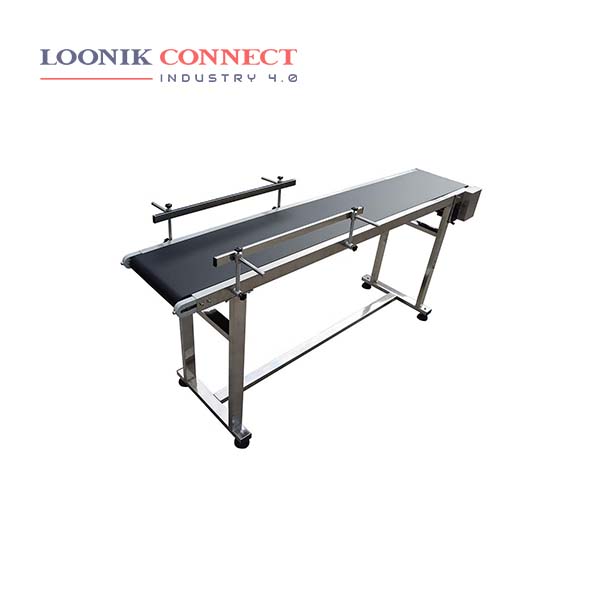Belt Conveyors are used in self-unloading bulk freighters and in live bottom trucks. Belt conveyor technology is also used in conveyor transport such as moving sidewalks or escalators, as well as on many manufacturing assembly lines. Some of the advantages are: It is one of the cheapest ways to move material long distances. There is virtually no degradation of your product caused by conveying. The conveyor can have changes in elevation. In simple terms, a conveyor belt is a continuously moving, efficient mechanical handling apparatus used for automatically transporting objects from one place to another.
Belt Pulleys are used for transmitting power from one source to another in a drive mechanism. They generally used roles and gears for pulling and used in automotive engines such as in cars, trucks, and buses. There are different types of pulleys based on their speed, power, and distance between the shafts. The working principle of the belt conveyor is simple: it uses a motor to power an idler pulley, which in turn causes the pulley to move the length of the belt. The force that drives the conveyor is produced by friction between the idler pulley and the underside of the conveyor’s moving surface.
Belt Conveyors in cement plants are mainly used for long-distance and continuous transportation of heavy-duty bulk materials and must be able to handle their heavy impact on the belt. Moreover, cement conveyor belts have to be very resistant to heat and corrosion. Conveyor belts can be made from a variety of materials, including PVC, polyester, cotton, and rubber. There are four main types of conveyor belts: flat belts, modular belts, timing belts, and V-belts.











